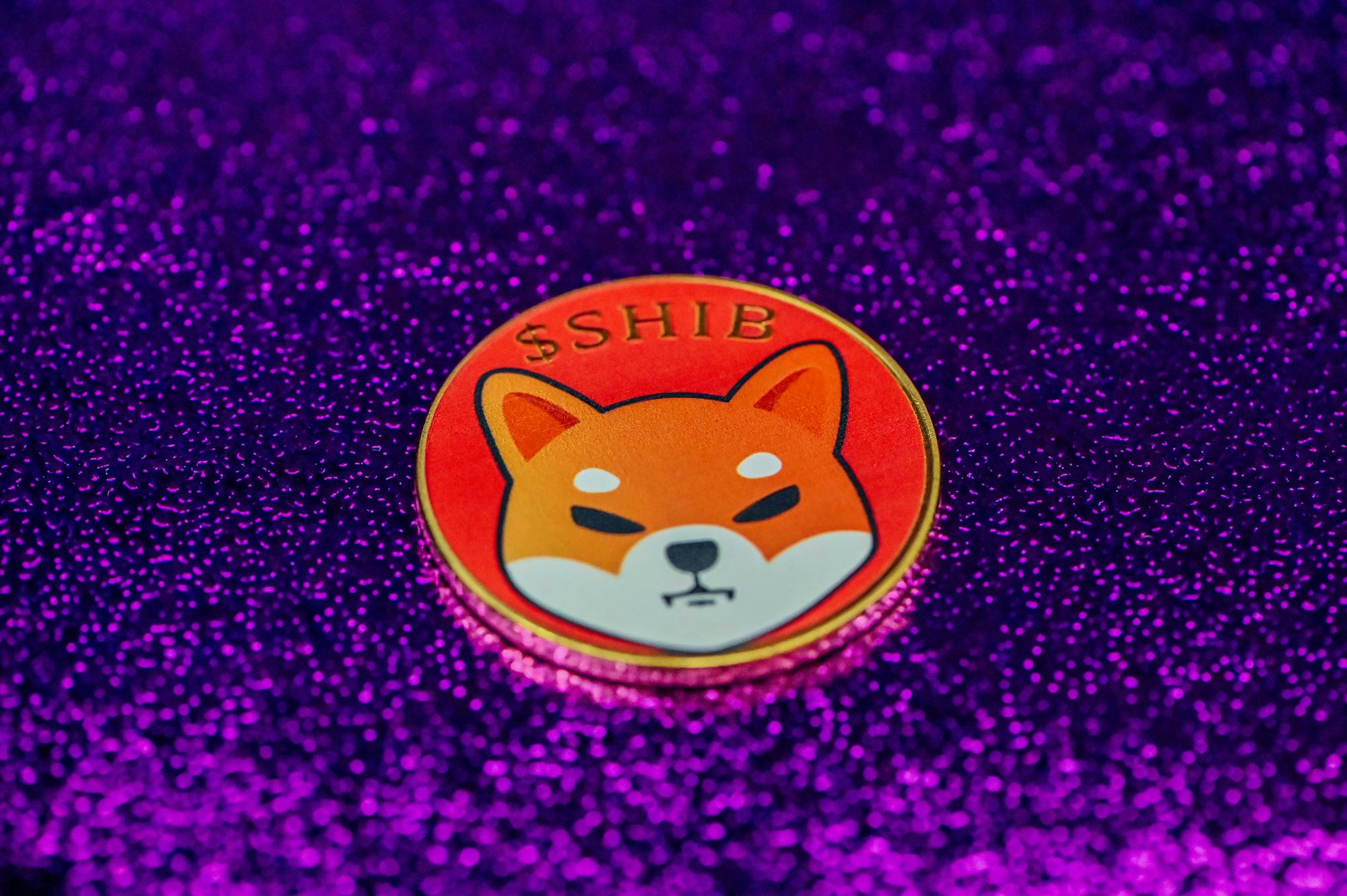Navigating the World of NFTs: A Comprehensive Guide

Non-fungible tokens (NFTs) have taken the digital world by storm, emerging as a groundbreaking innovation that is reshaping how we think about ownership, creativity, and value in the digital realm. Unlike cryptocurrencies such as Bitcoin or Ethereum, which are fungible and can be exchanged on a one-to-one basis, NFTs are unique digital assets that represent ownership of a specific item or piece of content. This article delves into the rise of NFTs, their diverse applications, the benefits they offer, and what the future may hold for this exciting new technology.
The concept of NFTs began to gain traction around 2017, with projects like CryptoKitties demonstrating the potential of blockchain technology to create unique digital collectibles. Since then, the NFT market has exploded, encompassing various forms of digital art, music, virtual real estate, and even tweets. Each NFT is stored on a blockchain, which provides a transparent and secure ledger of ownership, ensuring that the authenticity and provenance of each digital asset can be verified.
One of the most prominent applications of NFTs is in the art world. Artists can create, sell, and trade digital art as NFTs, allowing them to reach a global audience without the need for traditional galleries or auction houses. This has opened up new revenue streams for creators, enabling them to earn royalties from future sales through smart contracts embedded in the NFTs. The ability to prove ownership and authenticity through blockchain technology adds value to digital art, which has historically been challenging to monetize.
In addition to visual art, NFTs are making waves in the music industry. Musicians and producers can tokenize their work, selling limited editions of songs, albums, or even concert tickets as NFTs. This approach allows artists to connect directly with their fans and retain more of their earnings, bypassing the often complicated distribution channels associated with traditional music sales. The NFT model empowers creators to experiment with new formats and experiences, such as exclusive access to behind-the-scenes content or virtual meet-and-greets.
The gaming industry is also embracing NFTs, with many developers integrating them into their games. Players can buy, sell, and trade in-game assets, such as skins, weapons, or characters, as NFTs, creating a real economic incentive for players to engage more deeply with the game. This model not only enhances the gaming experience but also allows players to truly own their in-game items, transferring them across different platforms and games. As the gaming community continues to grow, NFTs are poised to play an increasingly important role in how players interact with their virtual worlds.
Beyond art, music, and gaming, NFTs are also being utilized in various other industries, such as real estate and fashion. In real estate, virtual properties can be sold as NFTs, allowing buyers to own unique digital land or spaces within virtual environments. This concept is particularly popular in metaverse platforms, where users can create and develop their own virtual properties. Similarly, fashion brands are exploring NFTs as a way to authenticate and verify the ownership of luxury items, ensuring that buyers receive genuine products.
The rise of NFTs brings with it numerous benefits. For creators, NFTs provide a new way to monetize their work and connect with their audience. They offer a level of control over the sales process and allow for ongoing royalties from secondary sales. For collectors, NFTs provide a unique opportunity to own one-of-a-kind digital assets, with the potential for appreciation in value over time. The transparency and security of blockchain technology also instill confidence in buyers, knowing that they are purchasing legitimate assets.
Despite the excitement surrounding NFTs, there are challenges and concerns to consider. The environmental impact of blockchain technology, particularly with energy-intensive networks, has raised questions about sustainability. Additionally, the market for NFTs can be highly speculative, with prices fluctuating dramatically based on trends and hype. As with any investment, potential buyers should conduct thorough research and consider the inherent risks before diving into the NFT space.
Looking ahead, the future of NFTs appears bright, with ongoing innovation and exploration of new use cases. As more industries recognize the potential of digital ownership and blockchain technology, we can expect to see an increase in NFT adoption across various sectors. Moreover, advancements in technology may address current limitations, such as transaction speeds and environmental concerns, further enhancing the viability of NFTs.
In conclusion, NFTs represent a significant shift in how we perceive ownership and value in the digital world. From art and music to gaming and beyond, the applications of non-fungible tokens are vast and varied. As the market continues to evolve, individuals have the opportunity to engage with this transformative technology, whether as creators, collectors, or enthusiasts. While challenges remain, the potential for innovation and creativity within the NFT space is immense, paving the way for a new era of digital ownership that empowers individuals and fosters a more inclusive creative economy.





Leave a Reply